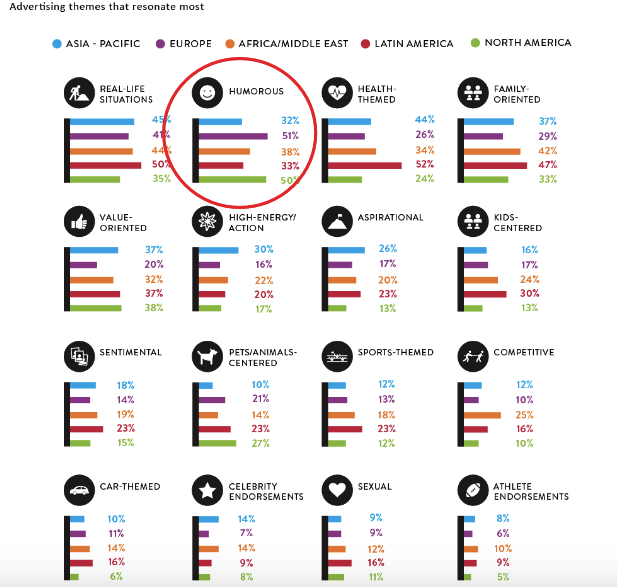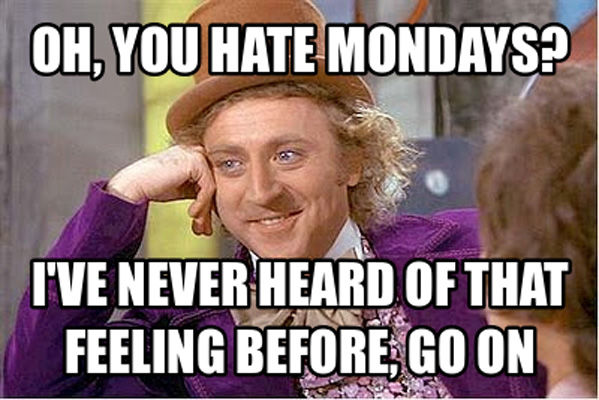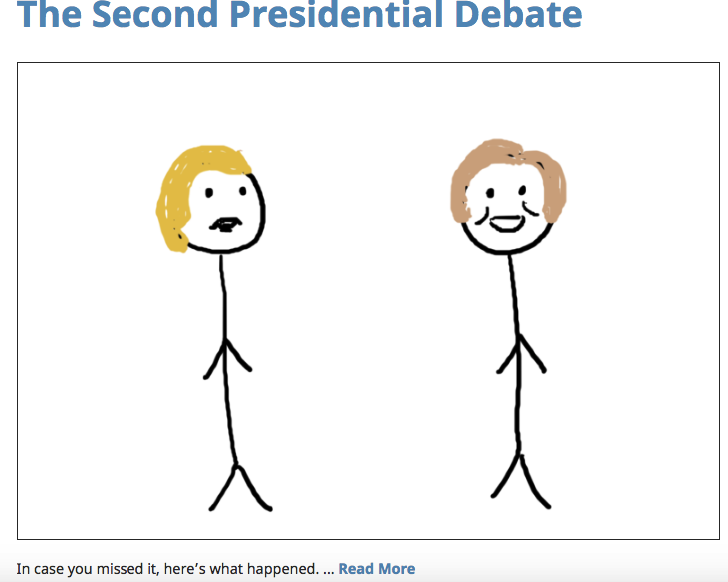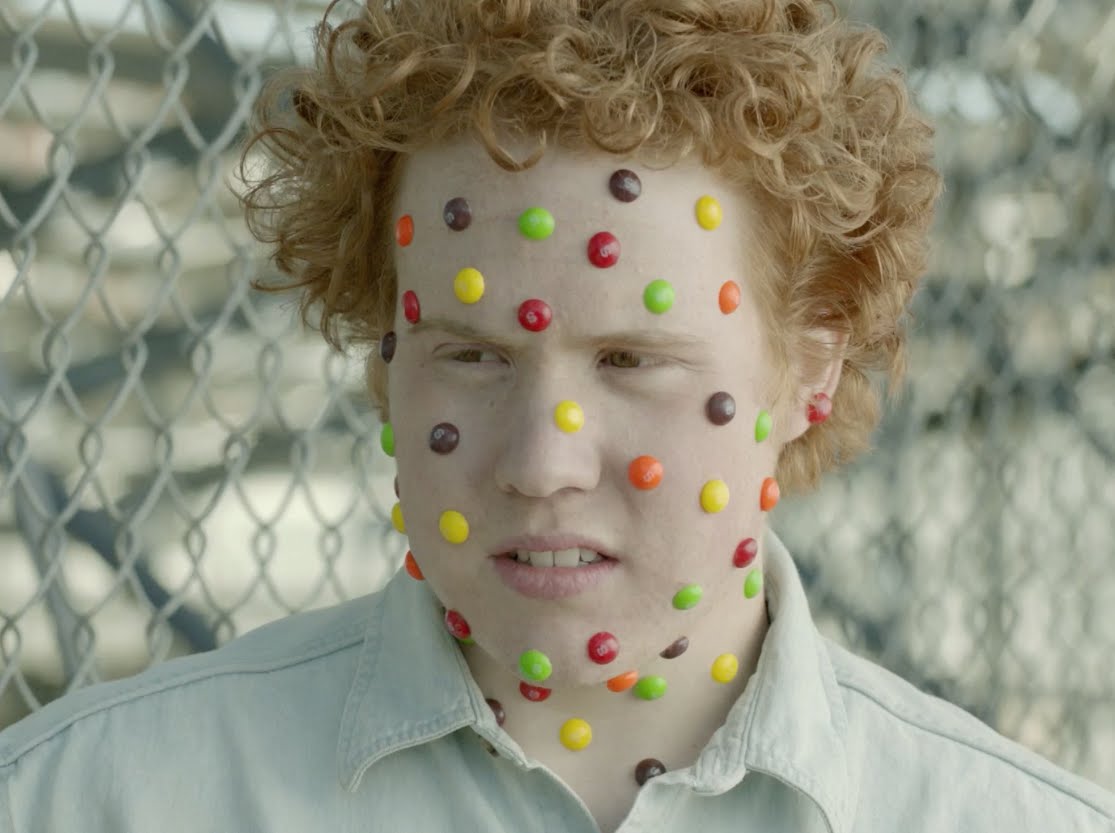
When I write content, I’m usually not that funny. My written jokes don’t go over too well, so I stick with solid, meaty stuff that helps my readers solve problems and achieve marketing goals.
But I know humor is important.
Some of you reading this article are funny people. You have a knack for creating content that makes people laugh.
I’m here to tell you that’s awesome. Humor is a powerful tool.
Have you noticed that more and more brands are incorporating humor into their marketing these days?
Old Spice, Geico, and Dollar Shave Club are just a few companies that come to mind.
Well, there’s a good reason for this trend. Humor sells. That’s why I applaud you if you’re able to insert humor into your content.
In many cases, making your audience laugh is the key to winning them over, boosting your brand equity, and creating the perception of authenticity.
There’s even hard data showing the appeal humor can have.
Nielsen conducted extensive research on which marketing themes resonate the most with a global audience.
Here’s a breakdown of how advertising appeal differs around the world.

As you can see, the European and North American audiences respond most favorably to humor at 51% and 50% respectively.
So, at least theoretically, throwing humor into your campaign should help you win over half of your audience.
If you do it right, you can use humor to propel your marketing and branding to epic heights.
Why is humor so effective?
The way I see it, there are three main reasons why humor works.
First, it forces people to lower their defenses.
Let’s face it. Many people are skeptical when it comes to advertisements.
And it’s easy to see why.
Because we’re so used to a constant barrage of ads, we tend to close ourselves off from hearing their messages.
Humor works well because it catches people off guard.
It’s like hitting them with a right hook. All of a sudden, they find themselves laughing, amused with the hilarity of a situation.
In turn, this often reduces their skepticism, and there’s a bit more openness to hearing your marketing message.
Second, you can use humor to connect with your audience.
Numerous studies have shown that humor acts as an inherent social bonding mechanism.
In an experiment, Dr. Robin Dunbar found that:
…laughter not only plays an important role in social and non-verbal communication, but it also provides evolutionary qualities that encourage group bonding and protects us from physical and psychological pain.
In other words, humor brings us closer together and can make your brand more relatable to your audience.
Third, humor often leads to sharing.
Think about it. What’s some of the most shared content on social media?
It’s stuff like crazy cat videos and ridiculous memes.
Take Grumpy Cat, Condescending Wonka, and First World Problems, for example.

If a person comes across something that elicits a legitimate laugh, there’s a high probability they’ll share it with others.
If you play your cards right, a humor-infused content marketing campaign can go viral.
Leveling the playing field
In my opinion, humor is also a great equalizer and has the potential to bridge the gap between small companies and their much larger counterparts.
Just take Dollar Shave Club, for example.
This is a fairly small company specializing in razor blades and shaving accessories.
It’s a drop in a very large bucket of the shaving industry, and it’s up against mega competitors such as Gillette, Remington, and Bic.
But somehow they’ve been able to carve out a nice niche for themselves and, as of mid-2015, had a net worth of $615 million. Not too shabby.
I would say that a large reason behind the success of Dollar Shave Club is their humor.
Although they didn’t have the massive budget of their huge corporate competitors, they understood how to capture the attention of their audience with humor.
One of their most notable slogans is “Our blades are f**king great.”
Do some people find it offensive? Probably.

But guess what? The company crushed it.
As of October, 2016, this ad was viewed over 23.5 million times on YouTube.
This just goes to show that even obscure brands who are up against seemingly insurmountable odds can claim their piece of the pie (and more) by weaving humor into their content marketing.
Now that we’ve established why humor works, let’s talk about how you can use it to amp up your campaign.
It all starts with YOUR demographic
Humor is subjective. What may be funny to a high-schooler may be offensive to someone in their 60s.
For this reason, it’s critical you fully understand your audience and come up with an approach they’ll find legitimately funny.
You need an angle that makes sense and that will hit its mark.
What you don’t want is for your message to come across as being overly offensive, crass, or distasteful.
This obviously won’t do your brand reputation any favors.
The key is to come up with an angle that your specific audience is likely to respond to.
You don’t need to worry about pleasing everyone, but it’s absolutely essential to create (or curate) the right humorous content that’s going to stick.
Humor needs to align with your brand identity
Authenticity is another key ingredient in the success of humor marketing. It needs to reflect what your brand is all about.
Let’s look once again at Dollar Shave Club.
You could consider their brand of humor as edgy, blunt, and non-conservative.
They don’t fit the traditional mold of razor blade suppliers, and they’re totally fine with that.
In fact, they fully embrace their brazen and brassy behavior.
That’s why their humor-centric ads hit just the right note. The ads align perfectly with their brand identity, and people have responded positively.
To recap, you first need to know exactly whom you’re trying to reach and then align your content around your brand.
If you can do these two things, your chances of success will increase exponentially.
Keep it simple
The more complex and complicated your humor is, the more likely it is to miss the mark.
If it needs to be explained, it immediately loses its effectiveness.
In other words, people shouldn’t have to think too much about it. Why it’s funny should be obvious.
Keeping it simple and to the point is your best option if you want your message to resonate.
What kind of humor works?
Perhaps the most straightforward way to evoke laughter is to simply make a joke or snide comment about something.
Take this cynical blog post from The Onion, for example.

Most people immediately get the fact this is mocking the 2016 presidential candidates. It doesn’t take a genius to figure it out, and it’s quite humorous.
In fact, The Onion is an expert at being satirical—humor is woven into its very fabric.
If you’re looking for inspiration on how to be funny in a classy, sophisticated kind of way, this is a good resource to check out.
Another option is to utilize a casual, tongue-in-cheek style.
Maybe you use ludicrous images or snarky pop culture references to grab the attention of your audience and form a bond.
Here’s another example from Wait But Why that pokes fun at the presidential race.

Notice how the simplicity of their content and their ridiculous hand-drawn image instantly resonates with readers.
Going this route typically requires a little more brainstorming than simply making a joke or comment but can have a really big impact when you do it just right.
A third possibility is to shock your audience into laughter.
This is where you create content that catches people off guard by being over the top.
It’s a technique that doesn’t necessarily require a lot of thought or effort. It’s more about taking things to extreme and being so ridiculous that people can’t help but take notice.
A good example of a company who does this well is Skittles with their “taste the rainbow” commercials.
Most of their ads are pretty far out there, e.g., a teenager confessing that he has “Skittlespox.”

A final note
Keep in mind that you don’t have to be a standup comedian to inject humor into your content marketing. You don’t have to leave your audience rolling on the floor laughing.
All you usually have to do is get them to smile and “get it.” That’s enough.
The key is to keep it simple while being authentic and relatable.
If you can win them over with humor, this should allow you to make a genuine connection and leave them more open to exploring your product or service.
Conclusion
Humor is no joke when it comes to content marketing.
It can be very potent and potentially help you win the hearts of your audience.
There’s even firsthand proof that humor can catapult a small, no name company into the upper echelon of its industry, allowing it to compete with big name titans in a way that would otherwise be impossible.
But in order to capitalize on this tactic, you need to do your homework and come up with a game plan that allows you to hit the sweet spot.
By taking the right approach, you can achieve some highly important goals, including building valuable rapport, boosting your brand reputation, and generating a high volume of leads.
from Quick Sprout https://ift.tt/2uyma1X
via IFTTT
